Welcome to the fascinating world of gardening and lawn care. The joy of tending to your outdoor space, watching the plants grow, and maintaining a vibrant, lush lawn is unparalleled. A beautifully groomed garden is not just a visual treat; it’s a space for relaxation, rejuvenation, and reflection. However, maintaining a healthy garden and lawn can seem complex without the right knowledge. This comprehensive guide provides expert advice and insights on every aspect of gardening and mowing, helping you transform your outdoor space into a thriving oasis.
Understanding Your Soil
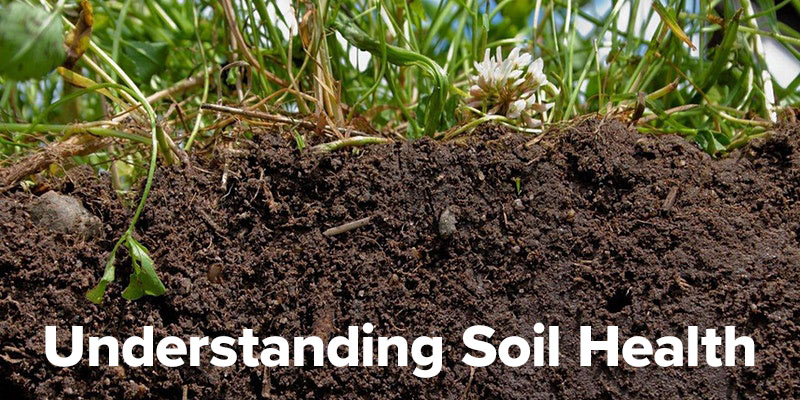
A healthy garden begins from the ground up—literally. The key to thriving plants is healthy soil. Soil types vary in texture, nutrient content, and pH levels, which significantly affect plant growth. First, assess your soil type. Sandy soils are loose and drain quickly, while clay soils are dense and retain more water. Loamy soils, a mix of sand, silt, and clay, are ideal for most plants.
Next, look at soil fertility. A soil test can reveal nutrient deficiencies that may be hindering plant growth. Most garden centers sell soil test kits. Based on the results, amend your soil with organic matter, compost, or specific soil amendments to improve fertility.
Lastly, ensure the soil’s pH level is appropriate for your plants. Some plants prefer acidic soils, while others thrive in alkaline conditions. Adjust your soil’s pH using lime to raise it or sulfur to lower it.
Essential Tools for Gardening
Every gardener needs a well-stocked tool shed. Basic gardening tools include a trowel for planting and weeding, pruning shears for trimming plants, a garden fork for turning soil, and a watering can or hose for watering plants. A sturdy pair of gloves is also essential to protect your hands from thorns and soil.
For more advanced gardeners, a soil pH tester, a compost bin, and a wheelbarrow may be useful. Choose quality tools that are comfortable to use and will stand up to the rigors of gardening.
Choosing the Right Plants
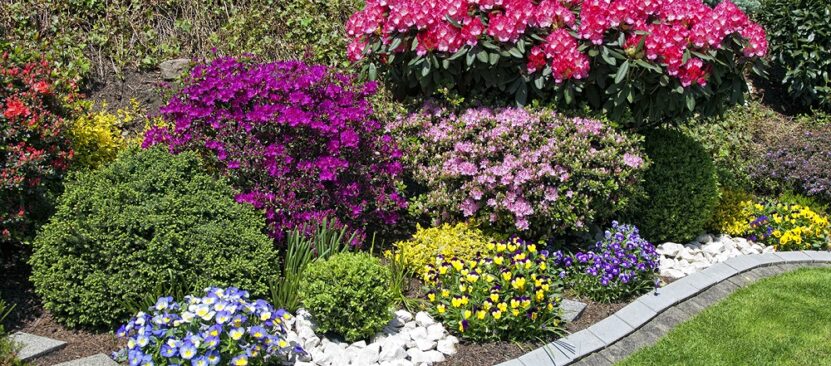
Choosing the right plants for your garden depends on various factors: local climate, soil conditions, sun exposure, and personal aesthetics. Native plants are often a good choice as they’re adapted to local conditions and require less maintenance. Always consider the plant’s mature size to ensure there’s enough space for growth.
Color, texture, and bloom time are important for aesthetic appeal. Aim for a mix of plants that bloom at different times for a continuous display of color. Lastly, incorporate a mix of annuals for seasonal color and perennials for year-round interest.
When selecting plants, seeking professional guidance from outlets like Yard Masterz can be beneficial. Experts can provide tailored advice, ensuring your garden thrives in your specific environment. They can recommend the best species and varieties that match your garden’s conditions and your aesthetic preferences. Additionally, professionals can offer tips on plant care and maintenance, helping you create a sustainable and beautiful garden space. Their expertise can be invaluable, especially for beginners or those looking to undertake a significant garden transformation. Remember, a well-planned garden not only enhances your home’s beauty but also supports local ecology and wildlife.
Effective Watering Techniques
Watering is essential, but overwatering can harm plants as much as underwatering. The general rule is to water deeply but infrequently, encouraging roots to grow deep into the soil. Water early in the morning to reduce evaporation and prevent leaf burn.
Remember, different plants have different watering needs. For example, succulents require less frequent watering than vegetable plants. Always check the soil moisture level before watering. If the soil is dry two inches below the surface, it’s time to water.
Proper Pruning and Trimming
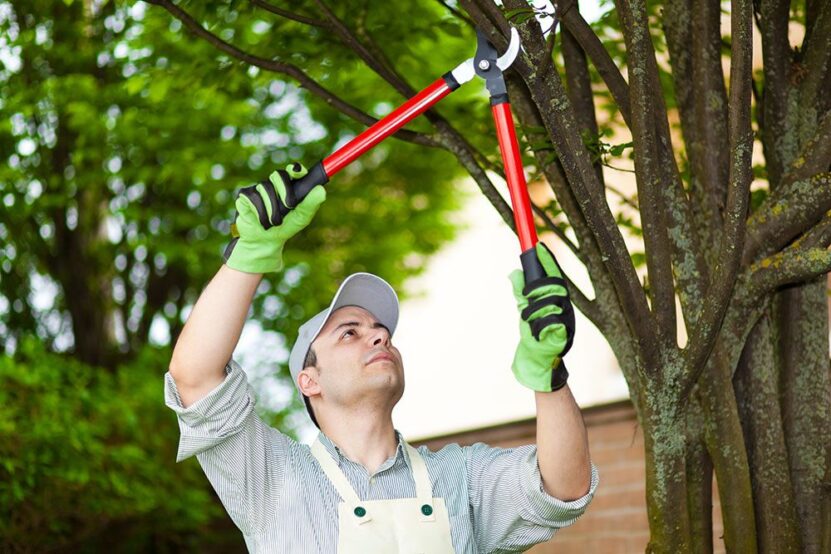
Pruning promotes plant health and enhances the garden’s appearance. Prune to remove dead or diseased branches, to shape plants, and to encourage flowering and fruiting. Always prune with a sharp tool to make clean cuts.
Trimming is necessary for maintaining a neat and tidy lawn. Mow your grass regularly, but remember to adjust the mower’s height according to the season. Higher mowing heights during summer can protect your lawn from heat stress.
Weed Control Strategies
Weeds compete with plants for nutrients, light, and water. Regular hand-weeding is a simple and effective method. For larger gardens, consider mulching. Mulch suppresses weed growth, retains soil moisture, and improves soil quality.
For persistent weed problems, consider organic weed control methods. Corn gluten meal, for example, is an effective pre-emergent herbicide. Vinegar can also be used as a non-selective weed killer.
Pest and Disease Management
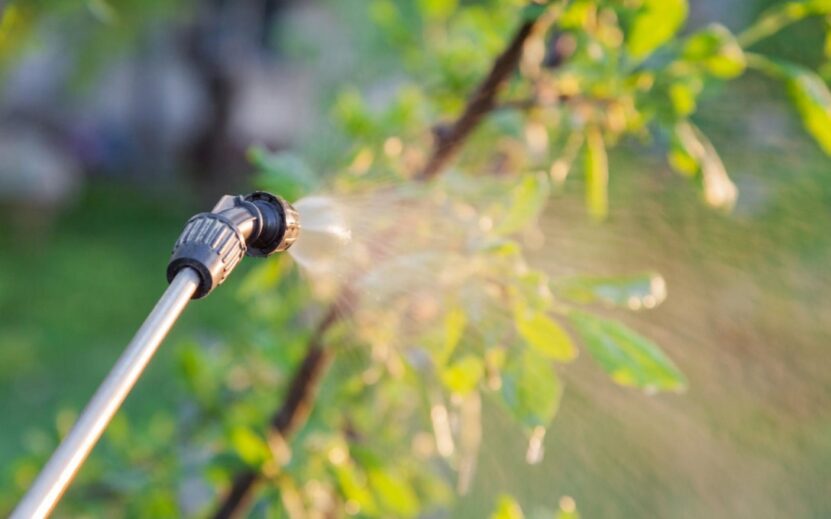
Garden pests and diseases can cause significant damage if left unchecked. Regular monitoring is the first step to effective management. Learn to identify common pests and diseases in your area and their signs.
Opt for organic, eco-friendly methods of control. Introduce beneficial insects like ladybugs and lacewings to control pests. For diseases, consider organic fungicides or bacterial solutions. Remember, prevention is easier than cure. Maintain plant health, ensure proper spacing, and practice crop rotation to prevent disease spread.
Composting and Organic Fertilization
Composting transforms kitchen scraps and garden waste into nutrient-rich soil. It’s an effective way to recycle organic waste, improve soil health, and reduce reliance on chemical fertilizers. To start composting, designate a compost area or bin, add organic materials in layers, turn the pile regularly, and keep it moist.
Use compost as a soil amendment or mulch. It provides essential nutrients, improves soil structure, and enhances soil life. Organic fertilizers, like bone meal or fish emulsion, can supplement compost to ensure plants get all necessary nutrients.
Designing Outdoor Spaces
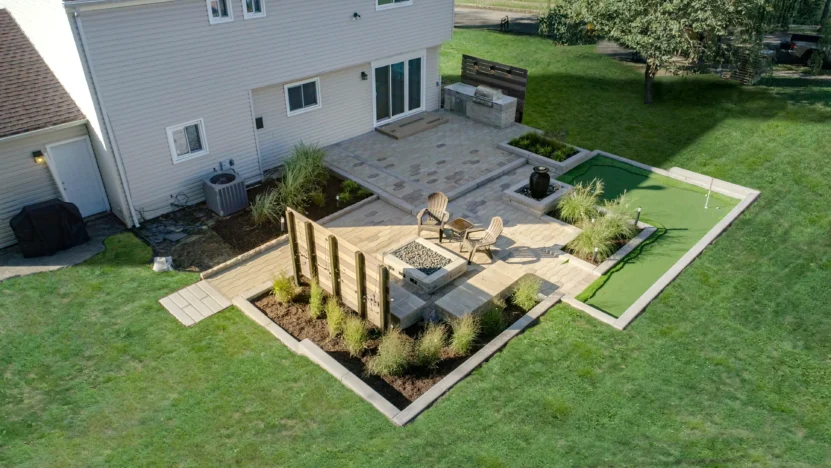
Designing outdoor spaces involves more than just selecting plants. Consider how you’ll use the space. Will it be a tranquil retreat, a space for outdoor entertaining, or a playground for kids?
Pathways guide movement through the garden, while focal points draw the eye. Use color effectively – warm colors create excitement, while cool colors have a calming effect. Consider height, scale, and texture for interest and variety. Lastly, consider maintenance requirements. A well-designed garden should not only be beautiful but also easy to maintain.
Sustainable Lawn Care
A healthy, green lawn is the centerpiece of many gardens. Regular mowing, proper watering, and timely fertilization are key to a lush lawn. Set your mower to the right height for your grass type, typically 1-3 inches, and mow regularly for best results. If you’re not up for the task, you can always seek professional help, and Rob Short’s Mowing can just be what you need.
Water deeply but infrequently, early in the morning. Fertilize your lawn with a slow-release, organic fertilizer to feed it with essential nutrients. Control weeds using organic methods, and introduce beneficial insects or use organic pesticides to control pests.
Seasonal Maintenance
Each season brings different tasks in the garden. In spring, clean up winter debris, prepare beds, and start planting. Summer is the time for regular watering, mowing, and enjoying the fruits of your labor. In fall, prepare for winter by mulching, pruning, and planting spring-blooming bulbs. Winter is a time for rest – protect plants from cold, service your tools, and plan for next year.
